Strange medical procedures that were considered curative in the past
Categories: Health and Medicine | History
By Pictolic https://pictolic.com/article/strange-medical-procedures-that-were-considered-curative-in-the-past.htmlThese medical practices and beliefs (whether ancient or fairly recent) look ridiculous or even wild in the eyes of a person of the 21st century. Although the ancient Egyptians sincerely believed that the brain cools the blood, and the heart is responsible for intelligence and thoughts, even Hippocrates himself gave out strange diagnoses, for example, about the uterus wandering through the body. So, how were our ancestors treated?
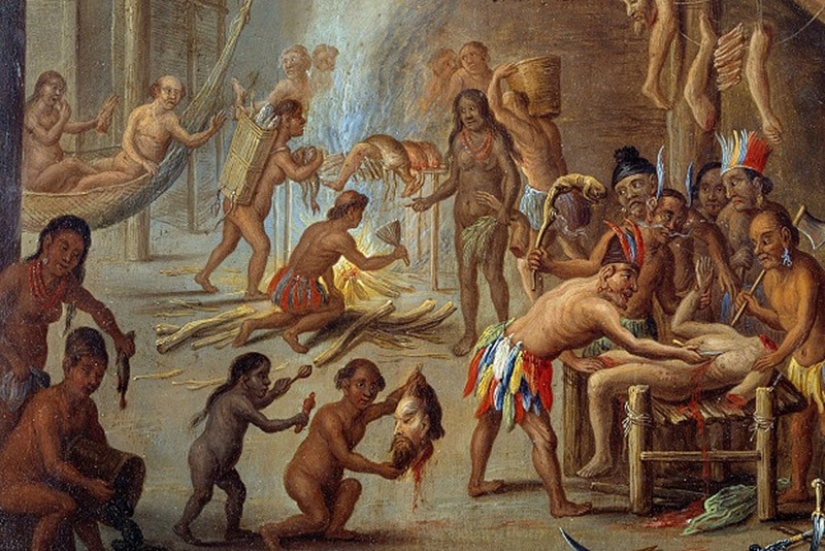
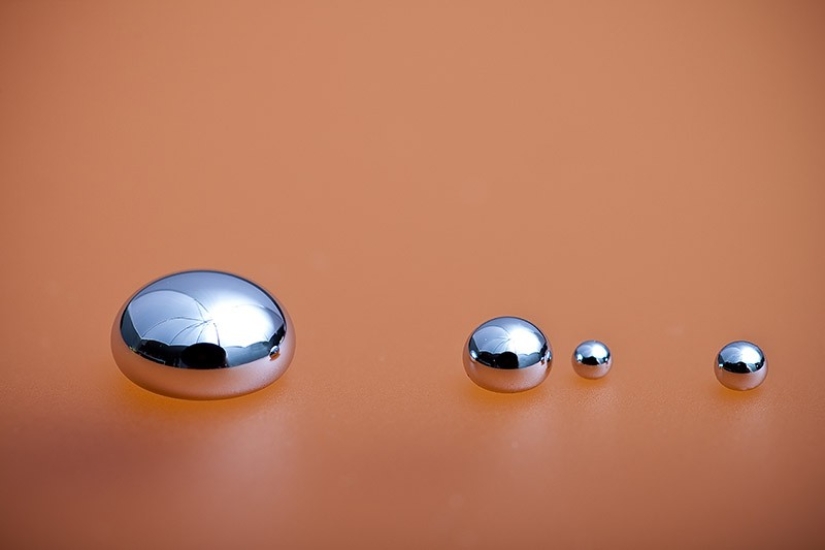
According to legend, the first emperor of China, Qin Shi Huang, calmed down in a grave surrounded by rivers of liquid mercury. It was with her help that he longed to gain immortality, and from her he died before he even reached the age of 40.
Mercury was used as an antiseptic and for the treatment of skin sores, and was also added to saline solutions and cosmetics. Syphilis was treated with it. The side effect of mercury treatments is one: slow death.
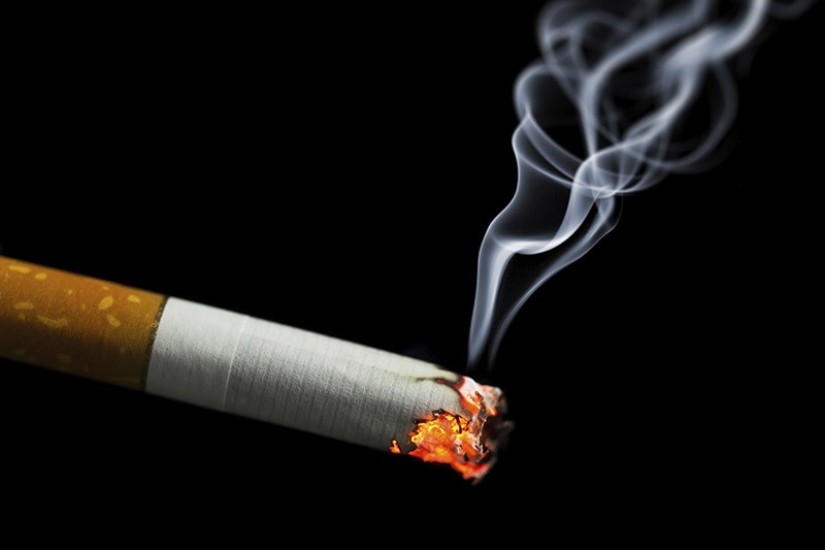
The resuscitator's kit in the 17th-18th century included a spicy tobacco enema, for which an innovative device was developed by those standards: rubber rectal tubes and a couple of furs. Doctors believed that tobacco smoke could warm up an almost dead body and restore breathing. At first, drowned people were resuscitated with such an enema, and then it became a fashionable way of treating everything: colds, headaches, hernias, typhoid fever and cholera. By 1811, scientists discovered the toxic effects of nicotine on the heart, and this enema went out of use.

The revolving chair became the personification of humane treatment of mental patients in the 19th century. Chaining, keeping in a dark room, ice shower, laxatives, insulin coma or frontal lobotomy did not give much effect. Now the patients were elegantly seated on a chair and unwound until the poor fellows lost consciousness. It was believed that such a carousel could shake the brain and get rid of schizophrenia and other mental disorders.
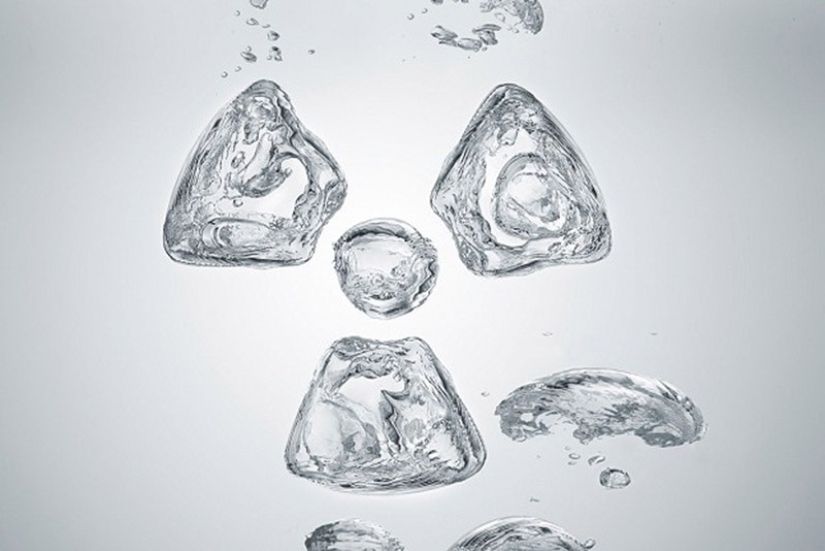
In the early 1900s, radioactive water was considered insanely popular, which treated mental illnesses and prevented aging. It was even used to treat diarrhea and malaria. Radium was added not only to water, but also to sweets, contraceptives, suppositories and toothpaste. Spa lovers began to visit radium resorts. Today we know that radiation exposure is fatal, and although the body is able to filter out about 80% of radium toxins, the remaining 20% accumulate in bones, blood and tissues.
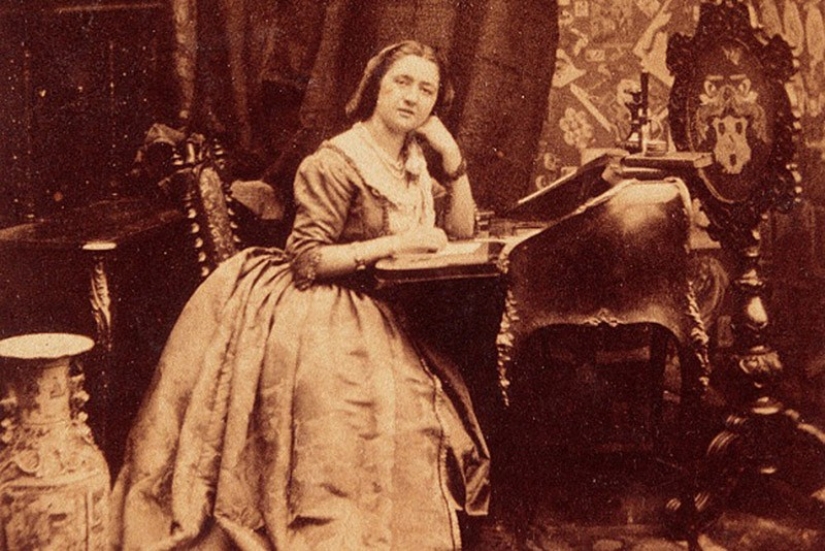
Once doctors knew for sure — women do not experience an orgasm. However, it was believed that women are prone to such a disorder as hysteria, and therefore they needed special therapy to achieve "hysterical paroxysm", which we, in fact, now call female orgasm. It must be said that pelvic massages have been popular for centuries, since ancient Greece, as a way of treating the "wandering uterus", and until 1920. The first electric vibrator appeared even before the vacuum cleaner! Of course, for use exclusively for medicinal purposes.
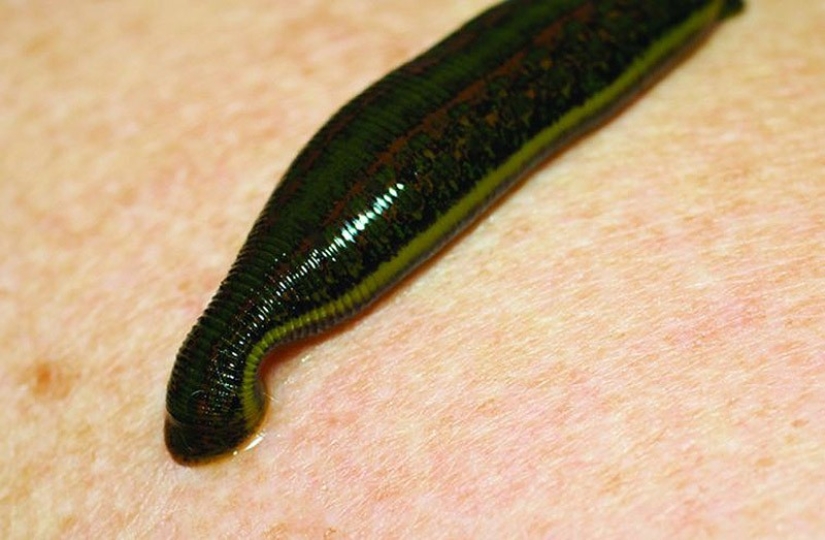
A long time ago, people went to the hairdresser not only for shaving and haircuts, but also for tooth extraction, fixing a broken arm or bloodletting. Initially, it was practiced as a way to expel evil spirits from the body, and then as a treatment for even nosebleeds, even pneumonia. The humoral medicine of that time believed that there should be a balance of four fluids in the body: sputum, yellow and black bile and blood, and bloodletting was the main method of maintaining this balance. Then, for these purposes, leeches were already used, and not lancets, with which the vein was opened. Hirudotherapy is still used today, only the approach to these procedures has become more scientific.
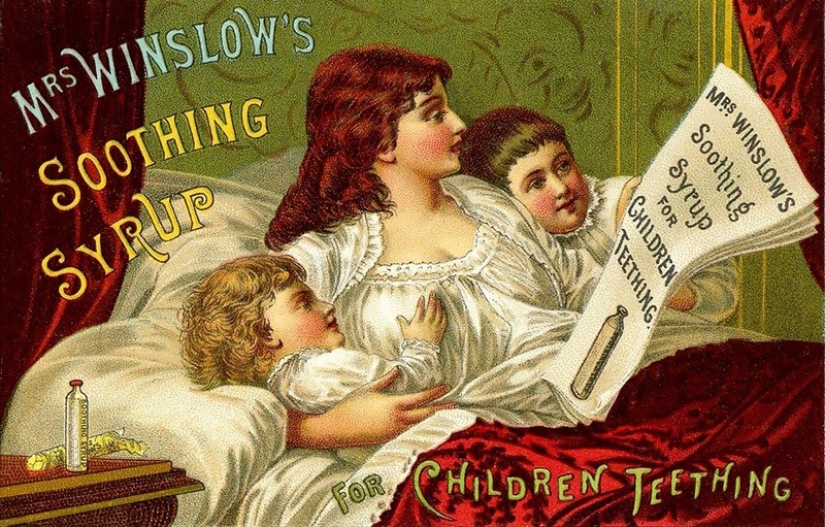
Morphine was once the main medicine in the medicine cabinet. Although it is still used as an analgesic in medicine today, in the past it was a popular remedy for colds, insomnia and menstrual pains. Syrups based on opiates calmed even children when they were teething. In 1900, it was possible to buy all kinds of patent medicines based on cocaine, heroin, morphine and opium without a prescription.

Drilling a hole in the patient's skull (without any anesthesia) was considered an effective treatment in ancient times. Trepanation is one of the oldest surgical procedures known since the Mesolithic era. It was constantly resorted to by such medical pioneers as Hippocrates in ancient Greece and Galen in Ancient Rome. Ancient medicine relied more on the mystical and ritual nature of this operation, believing that with its help an evil spirit is released as a source of mental illness. For the company of trepanation, they tried to cure migraines and epileptic seizures. Although it sounds barbaric, many patients have survived the procedure. In the 21st century, trepanation also exists, but as a neurosurgical intervention for traumatic brain injuries.

Today's modern medicine often uses one body to heal another body: blood transfusion and organ transplantation. But our ancient ancestors had a whole direction of "cadaveric medicine". Does your head hurt? The ancient Egyptians prescribed powder from a mummy. Sore muscles? Rub these places with human fat. Epilepsy? The Romans believed that the blood of a gladiator would help orally, that is, inside. Human organs, fat, bones, blood and mummified remains were considered magical and used in healing until the 18th century.
Recent articles

In the fall of 1972, Bill Yates traveled through the countryside in the vicinity of Tampa, Florida. At that time, he was studying ...

Severe cold weather does not give up its positions. We offer you to admire the magical photos of winter Europe, because snow and ...

Vladimir Lyubarov is an artist from the countryside who paints pictures of real life. But he brings amazing characters, birds, and ...